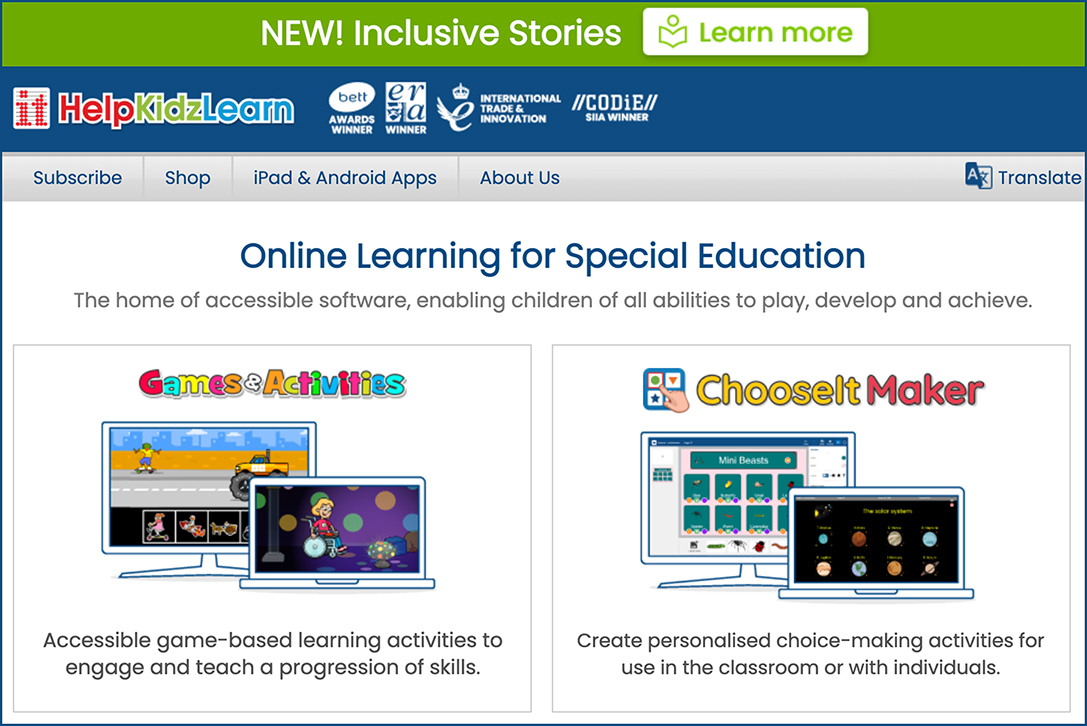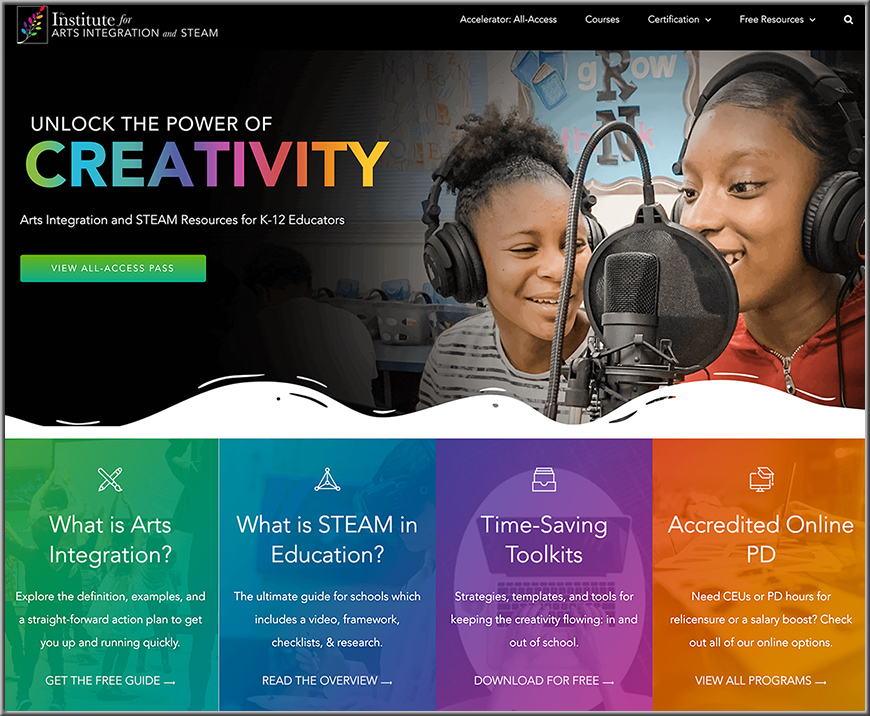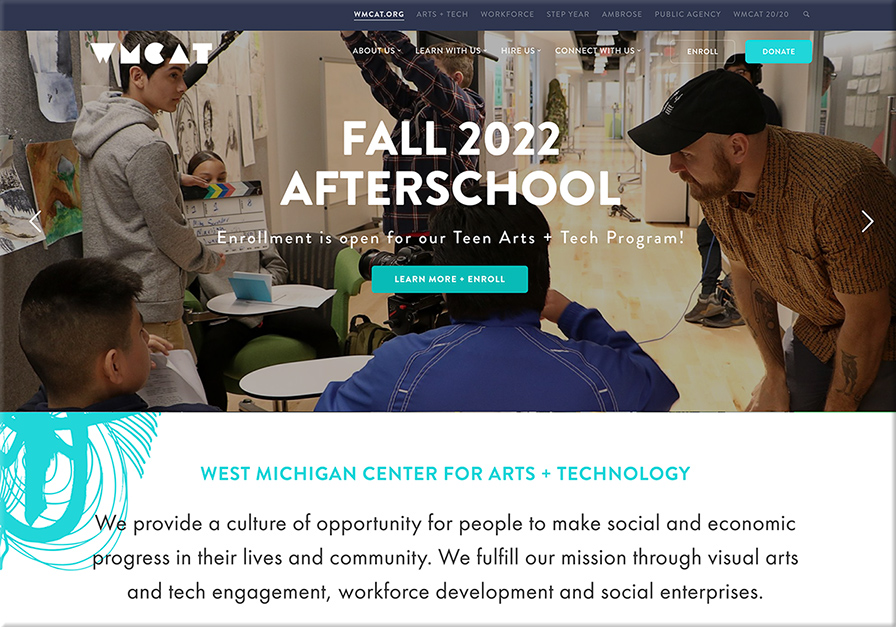Digest #166: Perfectionism in Education — from learningscientists.org by Carolina Kuepper-Tetzel
“Perfection is the opposite of done!” I came across this statement recently and it made me think about how perfectionism really affects one’s work and studying. Growing up, I always thought of perfectionism as a good thing, as something to aspire to. However, more recently I am questioning this thought. It adds unnecessary pressure that it difficult to live up to and sustain. I see that many issues that my students are experiencing can be traced back to perfectionism. To incredibly high goals and standards that are impossible to achieve and that makes your work not being “good enough” – when it actually is. The consequences of high perfectionism can be manifold and in today’s digest, I’d like to offer an overview of resources on perfectionism in education.
From DSC:
Somewhere along the lines, I heard that if an interviewer asks you to state a negative characteristic, choose something like perfectionism — to turn something that could be a negative into a positive. And back in my earlier days, I thought that made sense.
But I have to agree with Carolina here. The older I get, the more my empathy levels would rise if someone gave me that answer today. I’m a perfectionist and I can truly say that perfectionism is a joy-robber! It can destroy a good day. It can destroy a good mood. It can destroy joy. I don’t recommend it.













